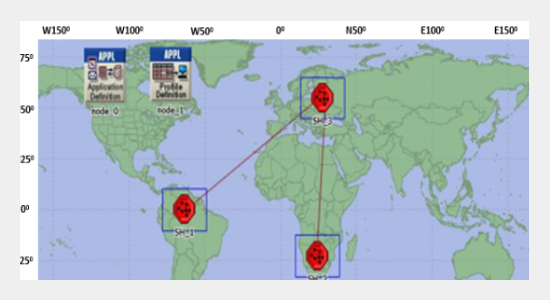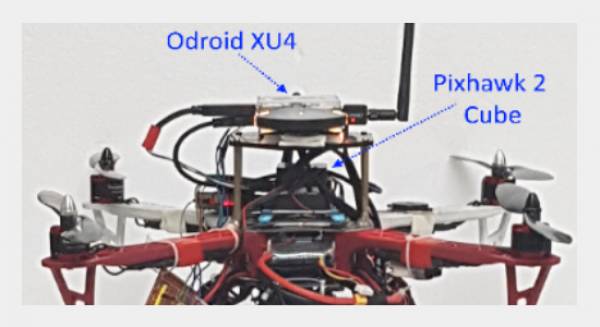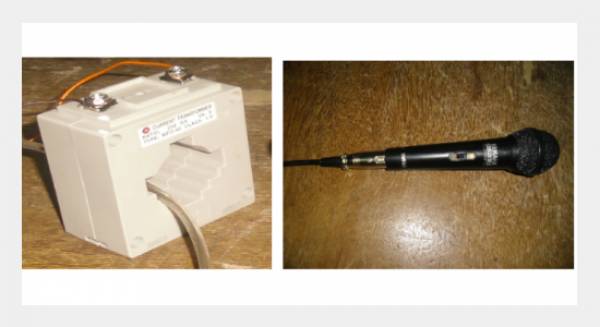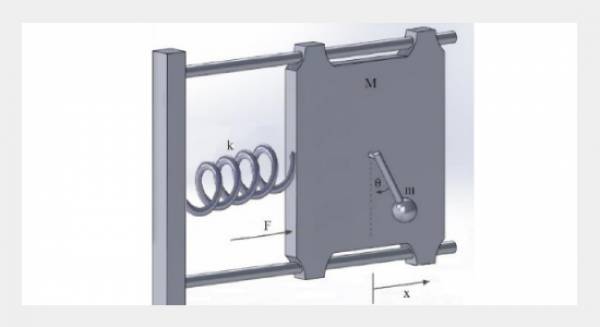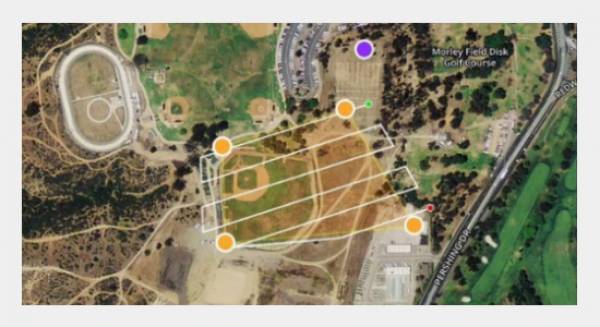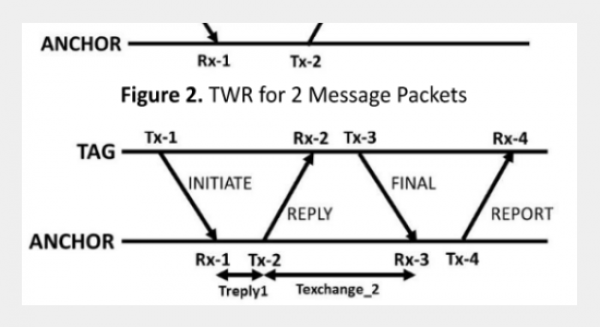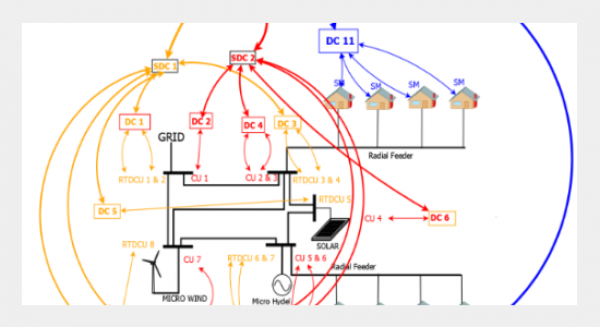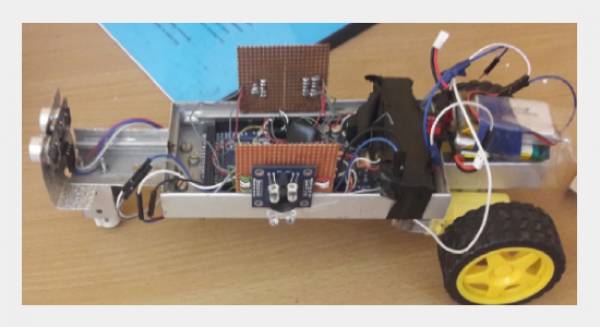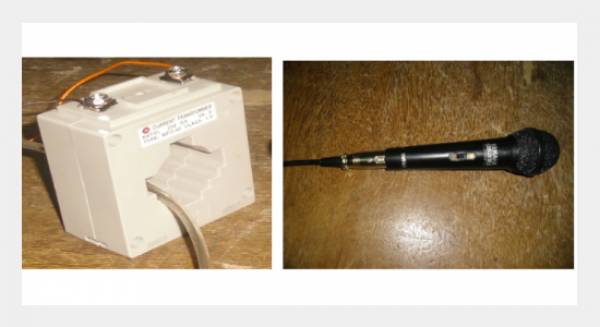REFERENCES
- [1] L. A. Ajao, J. Agajo, J. G. Kolo, A. Ahamed, B. K. Nuhu and C. O. Inalegwu, "Embedded system-based internet of things for smart home/office appliances control using wi-fi technology". In proceeding of 2nd International Engineering Conference (IEC, 2017), vol. 1, pp. 405-412, 2017.
- [2] H. Sundmaeker, P. Guillemin, P. Friess and S. Woelffle. "Vision and challenges for realizing the internet of things", CERP-IoT European Commission, pp. 1-15, 2010.
- [3] M. C. Damingo, "An overview of the internet of things for people with disabilities", Journal of Network and Computer Applications, vol. 35, no. 2, pp. 584-596, 2012. https://doi.org/10.1016/j.jnca.2011.10.015
- [4] Z. Zhou, B. Yao, R. Xing, L. Shu and S. Bu, "E-CARP: An energy efficient routing protocol for uwsns in the internet of underwater things", IEEE Sensors Journal, vol. 1, no. 1, pp. 92-99, 2015.
- [5] J. Agajo, J. G. Kolo, M. A. Adegboye, B. K. Nuhu, L. A. Ajao, and I. Aliyu. "Experimental Performance Evaluation and Feasibility Study of 6lowpan Based Internet of Things", Acta Electrotechnica et Informatica, vol. 17, no. 2, pp. 16-22, 2017. https://doi.org/10.15546/aeei-2017-0011
- [6] L. A. Ajao, J. Agajo, J. G. Kolo, O. C., Inalegwu and E. A. Edem. "Development of a low power consumption smart embedded wireless sensor network for the ubiquitous environmental monitoring using zigbee module". Journal of Science, Technology & Education (JOSTE), vol. 5, no. 1, pp. 94-108, 2017.
- [7] Calzada, I. (2019). Smart City Citizenship, Elsevier, pp. 256. ISBN: 9780128153000.
- [8] Botta, A., Donato, W., Persico, V. and Pescapé, A., Integration of cloud computing and Internet of Things: A survey", Future Generation Computer Systems, vol. 56 pp. 684-700. https://doi.org/10.1016/j.future.2015.09.021
- [9] S. Seol, Y. Shin and W. Kim "Design and realization of personal IoT architecture based on mobile gateway", International Journal of Smart Home, vol. 9, no. 11, pp. 133-144, 2015. https://doi.org/10.14257/ijsh.2015.9.11.15
- [10] P. Bodgan, M. Pajic, P. P. Pande and V. Raghunathan, "Making the internet-of-things a reality: from smart models, sensing and actuation to energy-efficient architectures", ACM, pp. 1-10, 2016. https://doi.org/10.1145/2968456.2973272
- [11] S. P. N. Mahamure, and P. N. Mahalle, "Communication protocol and queuing theory-based modelling for the internet of things", Journal of ICT, vol. 3, no 2016, pp. 157-176, 2017. https://doi.org/10.13052/jicts2245-800X.323
- [12] Alamri, "Ontology middleware for integration of IoT," MDPI Journal Computer, vol. 7, no. 51, pp. 1-15, 2018. https://doi.org/10.3390/computers7040051
- [13] S. Aliyu, A. Yusuf, A. Umar, M. Hafiz, and L. A. Ajao. Design and development of a low-cost gsm-bluetooth home automation system, International Journal of Artificial Intelligent and Application, vol. 8, no. 8, pp. 41-50, 2017. https://doi.org/10.5815/ijisa.2017.08.05
- [14] L. A. Ajao, J. Agajo, J. G. Kolo, D. Maliki, and M. A. Adegboye, "Wireless sensor network based-internet of thing for agro-climatic parameters monitoring and real-time data acquisition". Journal of Asian Scientific Research (JASR), vol. 7, no. 6, pp. 240-252, 2017. https://doi.org/10.18488/journal.2.2017.76.240.252
- [15] M. F. Mekala, and P. Viswanathan, "CLAY-MIST: IoT-cloud enabled CMM index for smart agriculture monitoring system", Journal Measurement, Elsevier, vol. 134, pp. 236-244, 2019. https://doi.org/10.1016/j.measurement.2018.10.072
- [16] K. Ahuja and A. Khosla, "Network selection criterion for ubiquitous communication provisioning in smart cities for smart energy system", Journal of Network and Computer Applications, vol. 127, no. 1, pp. 82-91, 2019. https://doi.org/10.1016/j.jnca.2018.11.011
- [17] D. Sembroiz, D. Careglio, S. Ricciardi and U. Fiore, "Planning and operational energy optimization solutions for smart buildings", Information Sciences, vol. 476, pp. 439-452, 2019. https://doi.org/10.1016/j.ins.2018.06.003
- [18] Y-S. Jeong, M. S. Obaidat, J. M and L. T. Yang. "Advanced mathematics and numerical modeling of IoT", Journal of Applied Mathematics, vol. 2015, pp. 1-5, 2015. https://doi.org/10.1155/2015/824891
- [19] V. Stavroulaki, D. Kelaidonis, K. Petsas, A. Moustakos, P. Vlacheas, P. Demestichas and K. Hashimoto, "Foundations of semantic data models and tools, IoT and big data integration in multi-cloud environments", University of Surrey, pp. 1-115, 2016.
- [20] I. A. Modupe, and O. O. Olugbara, "Minimizing Energy Consumption in Wireless Ad hoc Networks with Meta heuristics", The 4th International Conference on Ambient Systems, Networks and Technologies, Procedia Computer Science, vol. 19, no. 2013, pp. 106-115, 2013. https://doi.org/10.1016/j.procs.2013.06.019
- [21] Z. Ayesha, S. Shah, R. Khalid, S. M. Hussan, H. Rahim and N. Javaid. "A meta-heuristic home energy management system", IEEE, 31st International Conference on Advanced Information Networking and Applications Workshops, pp. 244-250, 2017.
- [22] B. Manzoora, N. Javaida, O. Rehmana, M. Akbara, Q. Nadeema, A. Iqbala and M. Ishfaqb, "Q-LEACH: A New Routing Protocol for WSNs", Procedia Computer Science, vol. 19, no. 2013, pp. 926-931, 2013. https://doi.org/10.1016/j.procs.2013.06.127
- [23] G. K. Nigam, and C. Dabas, "ESO-LEACH: PSO based energy efficient clustering in LEACH", Journal of King Saud University, Computer and Information Sciences, vol. 2, no. 2018, pp. 1-20, 2018. https://doi.org/10.1016/j.jksuci.2018.08.002
- [24] H. Chu-Ming, H. Jen-Fa, Y. Chao-Chin, "Performance analysis of WS-EWC coded optical CDMA networks with/without LDPC codes", Optical Fiber Technology, vol. 16, no. 5, pp. 265-270, 2010. https://doi.org/10.1016/j.yofte.2010.05.004
- [25] O. Younis & S. Fahmy. HEED: A hybrid, energy-efficient, distributed clustering approach for ad hoc sensor networks. IEEE Transactions on Mobile Computing, vol. 3, no. 4, pp. 366-379, 2004. https://doi.org/10.1109/TMC.2004.41
- [26] J. T. Thirukrishna, S. Karthik, and V. P. Arunachalam "Revamp energy efficiency in Homogeneous Wireless Sensor Networks using Optimized Radio Energy Algorithm (OREA) and Power-Aware Distance Source Routing protocol", Future Generation Computer Systems, vol. 81, no. 2018, pp. 331-339, 2018. https://doi.org/10.1016/j.future.2017.11.042
- [27] L. Lu, H. Zhao, and B. Champagne, "Diffusion total least-squares algorithm with multi-node feedback", Journal of Signal Processing, Elsevier, vol. 153, pp. 243-254, 2018. https://doi.org/10.1016/j.sigpro.2018.07.025
- [28] R. Mahakud, S. Rath, M. Samantaray, B. S. Priyanka, P. Priya, A. Nayak, and A. Kumari, "Energy management in wireless sensor network using PEGASIS", Procedia Computer Science, vol. 92, pp. 207-212, 2016. https://doi.org/10.1016/j.procs.2016.07.347
- [29] S. Bandyopadhyay, and E. J. Coyle, "An energy efficient hierarchical clustering algorithm for wireless sensor networks", In INFOCOM 2003. Twenty-Second Annual Joint Conference of the IEEE Computer and Communications. IEEE Societies, vol. 3, pp. 1713-1723, 2003.
- [30] B. Barekatain, S. Dehghani and M. Pourzaferani, "An energy-aware routing protocol for wireless sensor networks based on new combination of genetic algorithm and k-means". Procedia Computer Science, vol. 72, pp. 552-560, 2015. https://doi.org/10.1016/j.procs.2015.12.163
- [31] S. Bayraklı, and S. Z. Erdogan, "Genetic algorithm-based energy efficient clusters (gabeec) in wireless sensor networks", Procedia Computer Science, Conference on Ambient Systems, Networks and Technologies (ANT), pp. 247-254, 2012. https://doi.org/10.1016/j.procs.2012.06.034
- [32] Y. Touati, A. Ali-Chérif, and B. Daachi, "Routing information for energy management in wsns, Energy Management in Wireless Sensor Networks, vol. 3, pp. 23-51, 2017. https://doi.org/10.1016/B978-1-78548-219-9.50003-5


